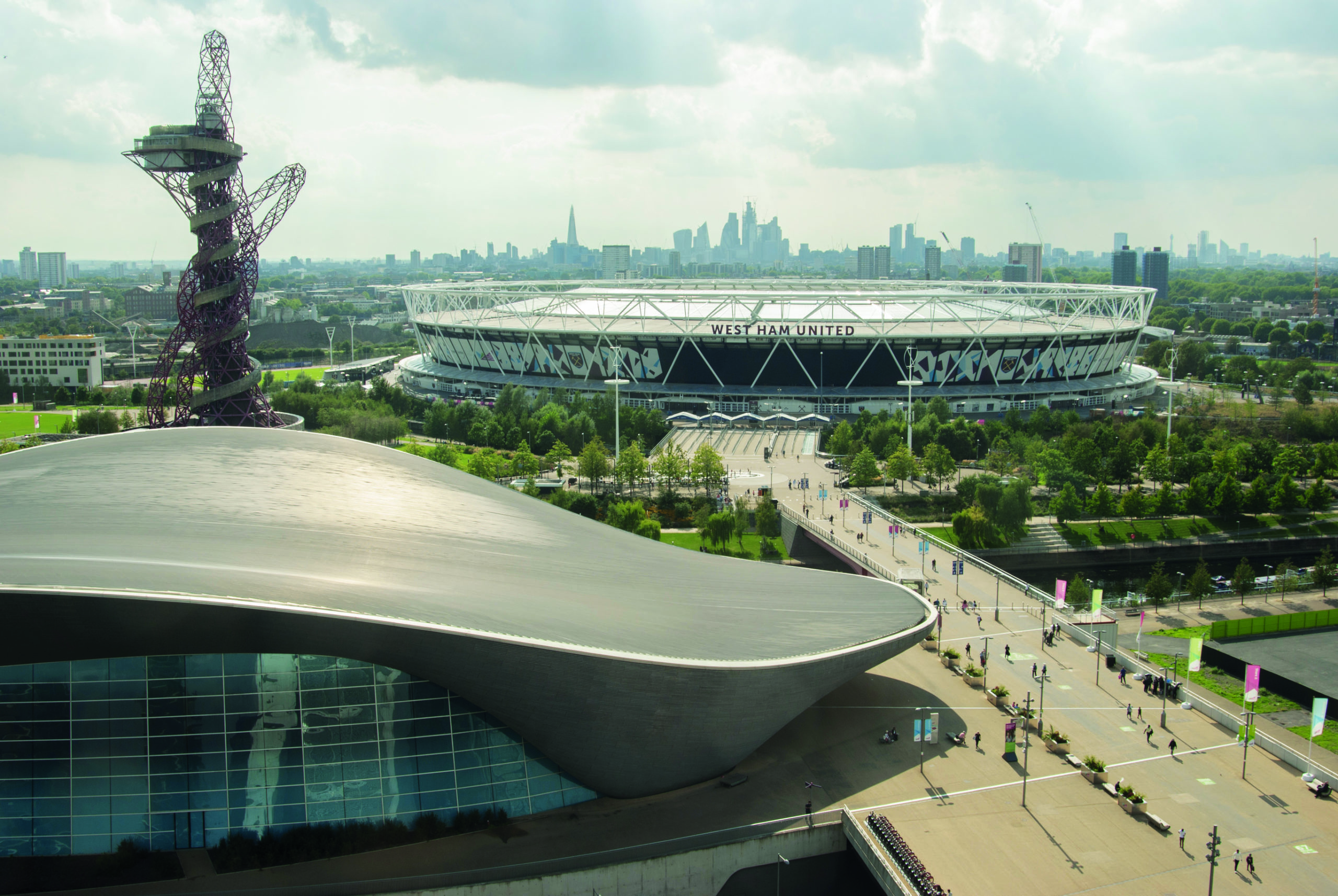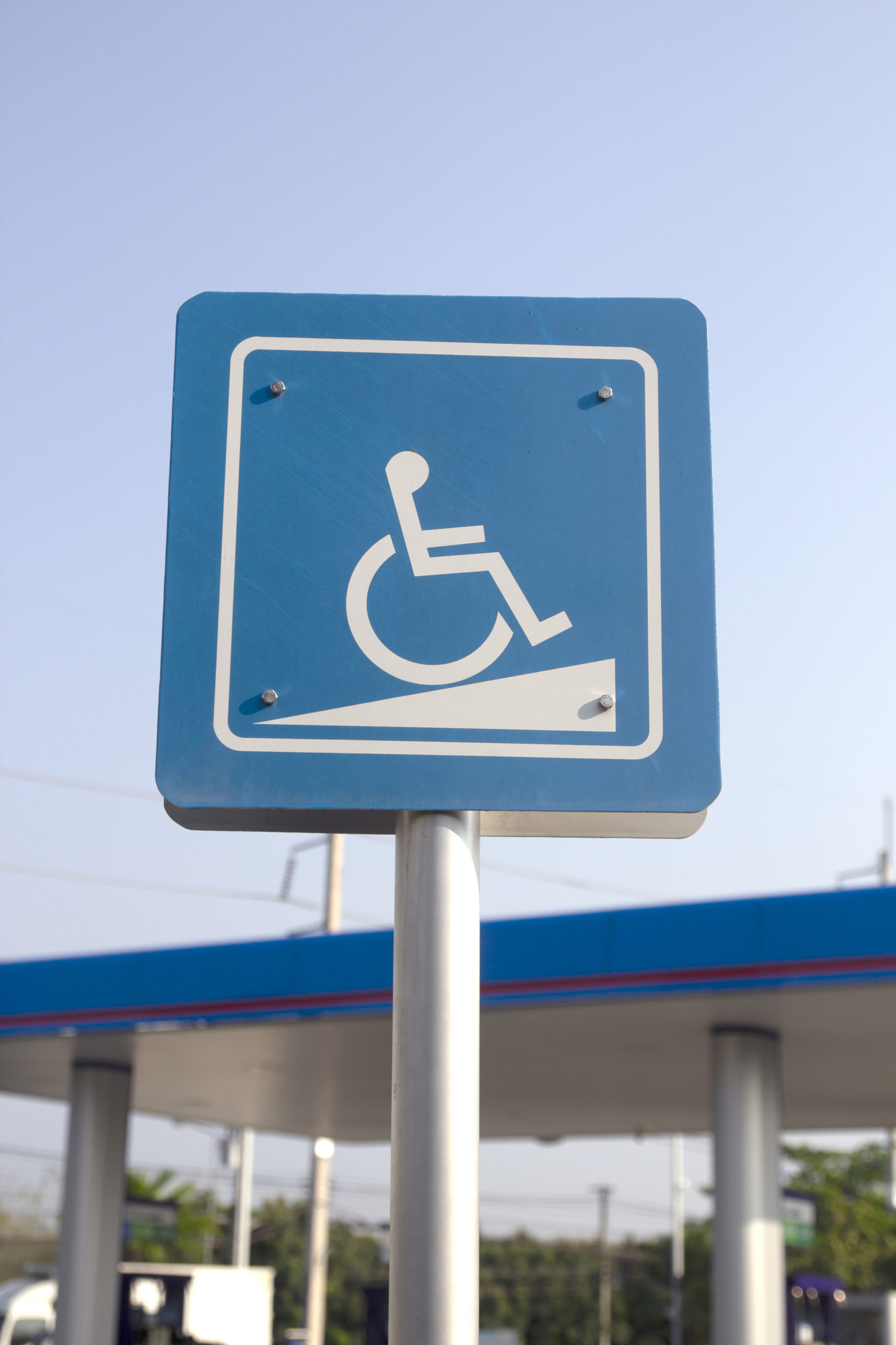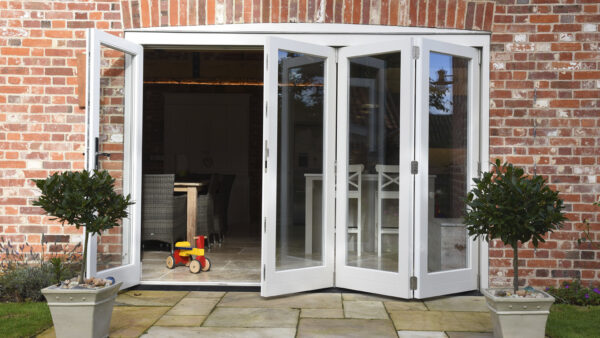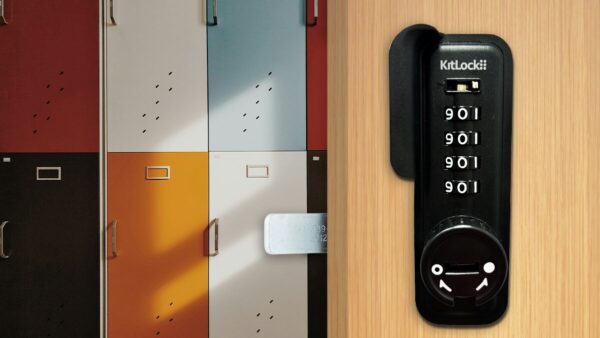
The first word that springs to mind when disabled access is raised is usually ‘wheelchairs’. But our understanding of disability and the challenges disabled people face is far from the reality and it poses a challenge in making the built environment accessible and inclusive.
The Equality Act 2010 defines disability as a physical or mental condition that affects a person’s ability to carry out day-to-day activities. Under the Act wheelchair users are protected but so are people with vision and hearing loss, learning disabilities, cancer, continence issues, locomotion and reaching conditions and many more. Wheelchair users only amount to 6% of the disabled population.
Inclusive design is about people. It makes us think about who we are designing for and asks: ‘are we excluding anyone?”
Nick bevan
Consultant and advisor Nick Bevan says a great place to start when aiming to design accessibility is to know who you’re designing for. “You must engage with the needs of the people you serve. There is no point, unless you have a legal duty to do so, to provide an accessible toilet or ramp when an employee has had surgery that prevents them sitting at a standard desk. It is frustrating to see the amount of money wasted in providing facilities that are never used. Not only is it a waste but it undermines the real needs of disabled people. It is vital to undertake a positive and meaningful dialogue to make sure people get what they need. Secondly, it is a case of training, followed by training and yet more training. If we understand the needs of the disabled community, the broader disability agenda and a few tips on how best to communicate,
then confidence grows, the service provision improves and probably the bottom line too.”

Global Disability Innovation Hub (GDI Hub), a research and practice centre driving disability innovation, was founded in part by the team responsible for the London 2012 Paralympic Legacy programme (which set a new standard in inclusivity). It brings a multidisciplinary perspective to the rapidly evolving field of disability innovation.
Its message is: “inclusive design is about people. It makes us think about who we are designing for and asks: ‘are we excluding anyone?’ Good inclusive design ensures that all needs are considered in a way that delivers positive experiences for everyone.”
One of the main pieces of advice we would offer when designing an inclusive environment is don’t be afraid to go beyond the guidance"
About access
Standard practice
BS 8300 is a British Standard that sets out how buildings should be designed, constructed and maintained, in order to create an accessible and inclusive environment for disabled people. BS 8300:2 is the second part in a two-part standard.
BS 8300 is in place to ensure that everyone can use a built environment equally. It says: “Everybody – particularly people living with disabilities, the elderly, or those less able to stand – should be able to enter, use and exit a building easily, comfortably and independently. This includes being able to escape in the event of an emergency.”
Previous versions of the Standard have focused on the provision of accessibility solutions specifically for the disabled. The most recent version has been revised to explain how developers can build inclusive environments from the start, rather than bolting on separate accessible facilities. The standard draws on experience gained during the design and operation of the 2012 Olympic and Paralympic Games.
BS 8300’s guidelines are vast, and extend to doors, access control, signs and windows and many other areas. BS8300:2:2018 gives practical guidance on how the requirements of Part M can be incorporated into the built environment.
The GAI has been involved with British Standards Committee responsible for formulating the UK strategy for standardisation in the area of accessibility for many years. Douglas Masterson, GAI technical manager says this involvement “provides us with input in to the creation and revisions of all standards in this area. This includes the hugely influential BS 8300 standards which have had a significant impact on door hardware in respect of dimensions of product and recommended installation heights.”

Know the signs
Just as when we think of disability we mostly think of wheelchair users when we think of disability signs we think of the iconic wheelchair sign. The International Symbol of Access, also known as the (International) Wheelchair Symbol or Accessibility Symbol, was designed by Danish design student Susanne Koefoed in 1968. It is maintained as an international standard, ISO 7001 image of the International Commission on Technology and Accessibility. There are many other disability signs out there, but the International Symbol of Access has become a universal symbol of disability and accessibility. It often symbolises the removal of various human-made barriers, which is also helpful to older people and parents with baby carriages, for example, so the sign has, in a way, grown out of confines of disability.
Passionate People, a division of disability products firm Invacare, argues that what we need are as many disability signs as possible to raise awareness of people with disabilities but also dreams of a world without the signs. “It may be something of a paradox, but a future in which the International Symbol of Access won’t be needed will mean we have finally achieved absolute accessibility. Universal design will mean buildings, products or environments are accessible to all people from the get-go.
Get social
When considering the provision of an accessible and inclusive environment it is crucial to consider the social model of disability.
The social model of disability explains that it is social and physical ‘barriers’ that cause ‘disability’ not impairments. For example, a person who uses a wheelchair becomes disabled when there are steps or steep gradients that cannot be accessed with a wheelchair. A blind or partially sighted person becomes disabled when information is not provided in an accessible format or because access routes are blocked by physical barriers or trip hazards. “One of the main pieces of advice we would offer when designing an inclusive environment is don’t be afraid to go beyond the guidance,” says About Access, access training and accessibility specialists.
“Whether you draw it from Approved Document M, from BS 8300 or other official sources, try to remember it is only guidance and sets a minimum requirement. We come across examples far too often of designers adhering to the guidance but not taking additional steps which would have made a big difference.”
Narrow corridors and doorways can present difficult challenges but narrow thinking is easy to address.”
GAI members can make use of the GAI Specifiers Guide to Ironmongery and Accessibility as well as the GAI Guide to Standards for BS 8300.
See www.gai.org.uk/knowledge








